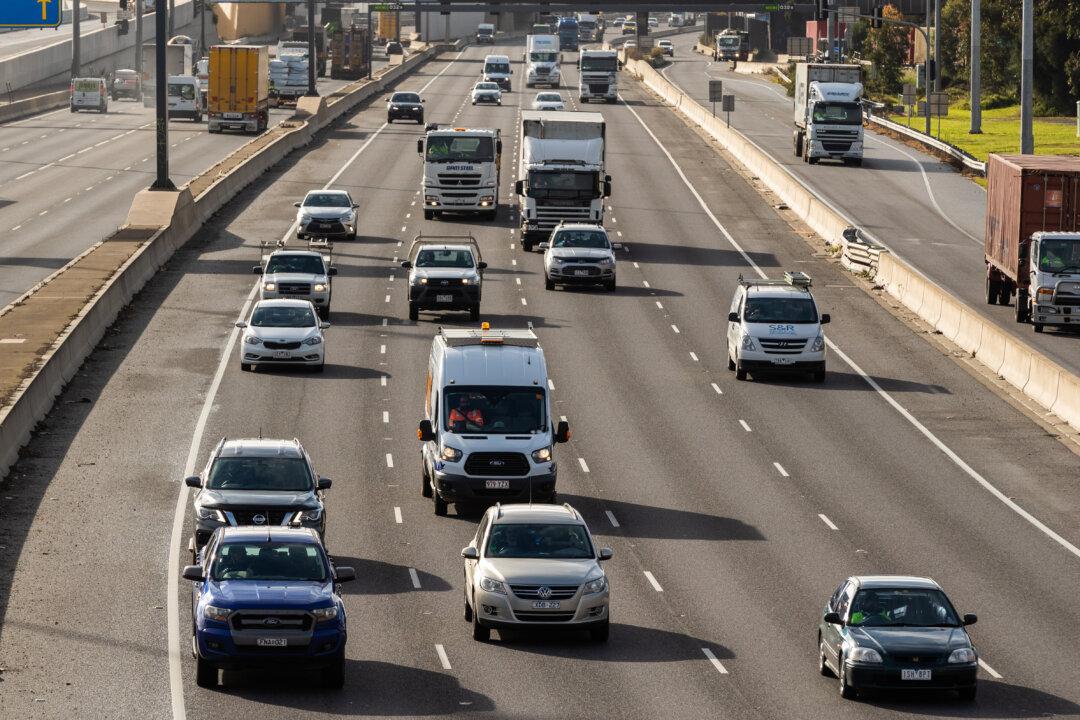New vehicle emission standards will bring about $8 billion (US$5.11 billion) in health benefits for Australia in the coming decades, a parliamentary committee has been told.
During a recent inquiry hearing into the transition to electric vehicles (EV), representatives from the Department of Climate Change and Energy said since the New Vehicle Efficiency Standard (NVES) became law in May 2025, the government had achieved a range of milestones concerning the decarbonisation of the transport sector.
Steve Refshauge, director of the distributed energy policy and electricity division, said the new noxious emission standards, also known as Euro VI, were phased in for heavy vehicles from November 2024 and for light vehicles from December 2025.
Under the changes, new heavy vehicles are required to reduce nitrogen oxide emissions by up to 60 percent and particulate matter emissions by up to 50 percent.
New light vehicles will be required to reduce nitrogen oxide emissions by up to 50 percent. This applies to both petrol and diesel vehicles.
“The standards for heavy vehicles will generate $7.4 billion in health benefits and $1.5 billion in fuel savings out to 2050,” Refshauge told the Standing Committee on Climate Change, Energy, Environment and Water.
“The light vehicle standards will generate $0.6 billion in health benefits and $1.5 billion in fuel savings out to 2040.”
Those health benefits are expected to derive from the positive impact on public health caused by cleaner air and reduced emissions, including reduced healthcare costs for treating conditions caused by air pollution.
Introduction of Acoustic Vehicle Alerting System Standard
At the same time, Refshauge said the government would require EVs and other low-noise vehicles to emit a safety noise at low speeds under an acoustic vehicle alerting system (AVAS) standard.As a result, there will be increased risks of collision, especially for people who are blind or have poor vision.
Refshauge stated that the AVAS standard would commence on Nov. 1, 2025, for new model vehicles and on Nov. 1, 2026, for all vehicles.
“That’s estimated to save around 68 lives, 2,675 serious injuries, and 2,962 minor injuries by 2060,” he said.
“This is on top of new standards to increase electric vehicle safety made in the late 2023.”

Fuel-Efficient Cars Triple in Three Years
Matthew Ryan, branch head at the emissions reduction division, said the number of fuel-efficient cars had risen significantly in the past few years, even before the NVES came into effect.“The figures [in] 2021 was 7.8 percent for what I’m calling fuel-efficient cars, which is EVs [and] plug-in hybrid, to 11.7 percent in 2022, [and] 16.9 percent in 2023,” he said.
“And the most recent year, 2024, was 24.3 percent.
Car Manufacturers Not Motivated to Change Without Regulations
Labor MP Tony Zappia, the committee chair, questioned whether ICE vehicle manufacturers had been actively trying to compete with EVs by making much more fuel-efficient combustion engines.In response, Tristan Kathage, an assistant secretary at the Transport Department, said that manufacturers were not motivated to produce more fuel-efficient vehicles in the absence of regulations in Australia.
“What we saw in Australia, different from other markets, is that in the absence of any regulation that requires the improvement of efficiency, Australian vehicles were actually quite inefficient compared to the international counterparts,” he said.
“The intention of the New Vehicle Efficiency Act is to provide a really strong message [of] regulatory obligation to improve the efficiency of vehicles as they enter the market.”







